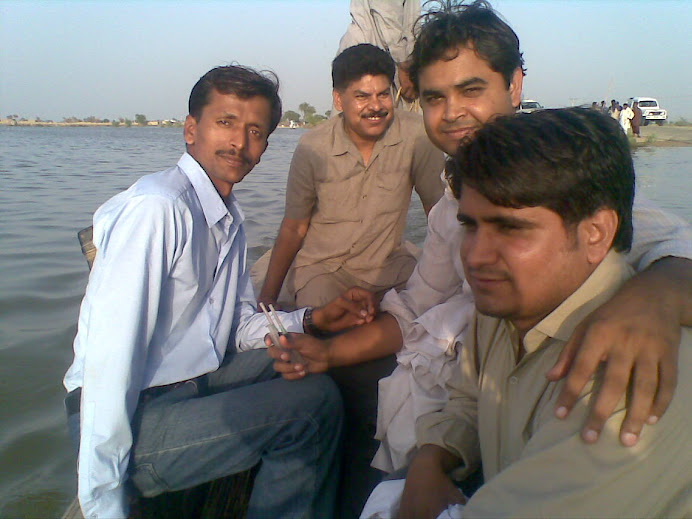





Livestock play an important role in Pakistan and generates about 30 to 40 percent income by rearing cattle, Kundhi buffaloes, sheep and goats. Livestock is a potential economic source for 30-50 million of total rural population of Pakistan. There are about 27.3, 29.6, 53.8, and 26.5 million heads of Kundhi buffalos, cattle, goat and sheep respectively. Livestock contributes about 50% of agricultural value added and 11 percent to GDP. Small ruminants include sheep (24.2 million) and goats (49.1 million). There are about twenty eight (28) or even more sheep breeds which are classified into two groups viz; thin-tailed and fat-tailed sheep (Table 3). Thin tail sheep are generally found in irrigated areas and fat tail breeds in arid rangelands and mountainous areas of Sindh, NWFP and Azad Kahmir. According to another FAO survey nineteen sheep breeds are classified under the thin tail category while twenty-eight sheep breeds come under the fat tailed sheep. However, the total sheep breeds and their distribution in different province in the country are presented in Table 4. Usually sheep are kept for wool and mutton production. The wool is of coarse quality and is mostly used in the local carpel industry. Local sheep breeds generally breed once a year and rarely produce twins. Annual lambing rate is about 80 % on overall basis.
Table: Important Sheep Breeds of Pakistan.
Thin Tail Sheep Fat Tail Sheep
Bakkarwal Balkhi
Buchi Bibrik
Cholistani Dumbi
Damani Gojal
Kacchi Harnai
Kaghani Hashtnagri
Kail Kohai Ghizer
Kali Michni
Kajli Pahari
Kooka Rakhshani
Lohi Salt Range
Poonchi Tirahi
Sipli Waziri
Thalli -
CASE HISTORY:
A two years old 25 kg Kuka sheep was referred by Department of Animal Reproduction to the Department of Surgery and Obstetrics Clinic with a complain of dystocia on 08-01-2010. The sheep was presented with a foetus having two fore legs expelled out through vulva. Physical examination revealed that the head is deviated to ventral direction in the pelvic cavity. Clinically sheep was exhausted with 1030F. Persistent straining had started 12 hours before examination to expel out fetus. Dr. Inayatullah Kaka has pulled out forelegs of the fetus through vulva but head is deviated to pelvic cavity. She was unable to give birth to the fetus. Owner has requested for c-section.
OPERATIVE TECHNIQUES:
Sheep hairs from site were clipped and high epidural and L-shaped local anaesthesia with xylocaine was performed. Animal was placed on lateral recumbency on floor. Students have restrained the sheep from hind and forelegs. The left flank site was prepared for aseptic surgery as per routine. The incision was performed in the left flank area, where the muscular layers of externus oblique muscle, internus oblique muscle and transverse muscles were opened with blunt dissection and separated. After parietal peritoneum was opened and cranial portion of the uterus was exteriorized. Incision was given in the longitudinal line on dorsal surface of uterine wall. The posterior limbs of foetuses were grasped and one dead fetus was removed along with placenta. Uterine passaries were placed in the uterus. Incision of uterus was closed with Connell suture technique. All the blood clots were removed from the uterus before it was replaced into abdominal cavity in it’s normal position. Closure of abdominal wall was carried out in three layers. Peritoneum was closed with simple interrupted sutures using 2/0 chromic catgut. The muscular and subcutaneous layers were apposed with simple continuous sutures using 2/0 chromic catgut. Skin incision was closed with simple interrupted suture technique using 1/0 nylon.
Post-oprative care:
Inj: Trioxyl LA 5 ml and Inj: Phenylbutazone 3 ml was administered Intra-muscularly for three days post operatively. On follow up observation defaecation, urination, rectal temperature, pulse rate, respiratory rate, intake water, and feed returned to normal within 5 hours.
.jpg)



No comments:
Post a Comment